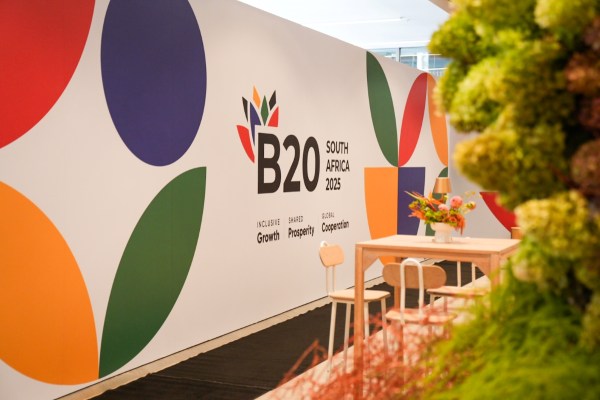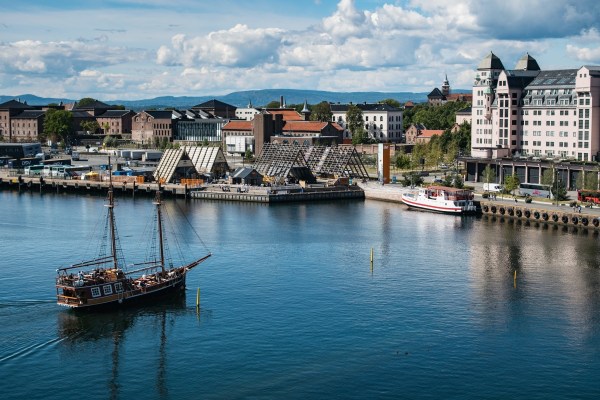What is inclusion?
According to the RAE definition, inclusion is the ‘action and effect of including’, of which there are different types: labour, educational or social inclusion, among others.
What is digital inclusion?
Digital inclusion is a concept that was introduced after the technological revolution and refers to increasing the digital skills of certain groups that may be affected by new digital vulnerabilities and even social gaps.
On the other hand, the digital divide is the difficulty in accessing or using ICTs, which can be affected by issues such as geographical origin, gender, socioeconomic status or age.
In this article we are going to focus on precisely this issue: the digital inclusion of older people.
A group that celebrates the International Day of Older Persons on 1 October and that is more exposed to being left out of digital progress because throughout their lives they have not had the need – and in many cases not even the possibility – to make use of the advances that technology has brought over the last few decades.
Reconectados: technology is ageless
Under the premise that technology is ageless, Fundación Telefónica has a programme called Reconectados (in Spanish), through which it promotes training in digital skills for the elderly through face-to-face workshops, online courses and training resources that will allow them greater autonomy, increased security, loss of fear of the digital world and the possibility of experimenting with new technologies.
The programme, which is also comprehensive and free of charge, serves to put digital knowledge at the service of the elderly, a group affected by the acceleration of the digital transformation experienced in recent years.
A process that, by advancing so quickly, has left part of the population without time or resources to adapt to the new digital era, thus causing them to lose the benefits associated with technological development.
The commitment to digital knowledge as a bridge between the life experience of the elderly and the new technological environment is one of the foundations of the programme.
Reconnected initiatives
- Online training for seniors. These courses allow you to understand technology and how it can be applied in your daily life without having to travel and at your own pace. From the use of mobile phones to how to use some tools that will facilitate their social relations, their management and even their digital security.
- Online training for the environment. Family members and professionals from social organisations who carry out their professional work with the elderly can have access to simple, pedagogical guides adapted to different levels of use to accompany the elderly in the process of digital adoption.
- Face-to-face workshops for the elderly, in the cities of Madrid and Malaga.
Digital inclusion at Telefónica
Digital inclusion is a transversal value for Telefónica. In fact, the company has been a world leader in this area since 2021, according to the World Benchmarking Alliance.
The operator’s strategic pillars for social inclusion focus on inclusive access, training in digital skills, innovation in new services with a social impact and the responsible and safe use of technology.
Telefónica, as part of its purpose, is committed to bringing the latest technology and the best connectivity to everyone through ethical digitalisation focused on people. As proof of this, more than nine out of every ten people in the overall population of the markets in which it operates are covered by 4G/LTE mobile broadband coverage.
Conclusion
Attempting to achieve e-inclusion is a process that involves bridging many different types of gaps.
In the specific case of this article, we have focused on one specific group, the elderly.
But, as mentioned at the beginning of the text, these gaps can reach other groups, such as gender, disability, economic status or geographic origin.









